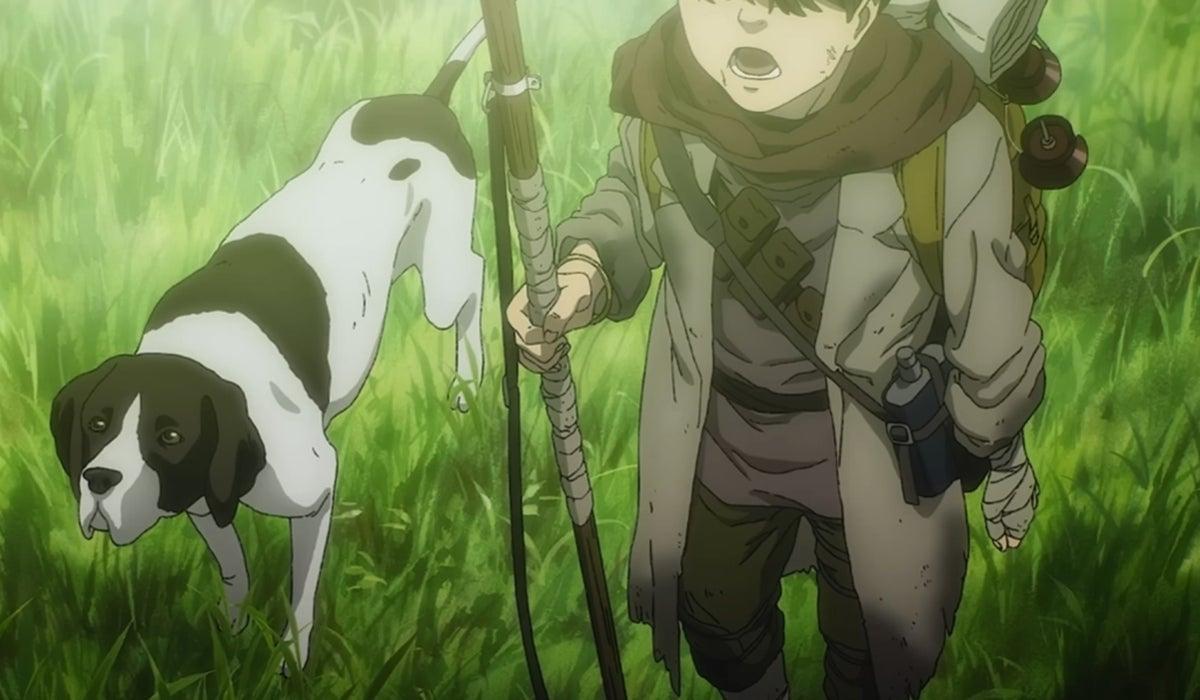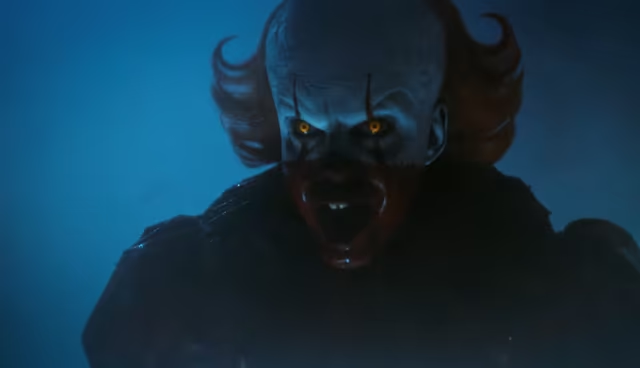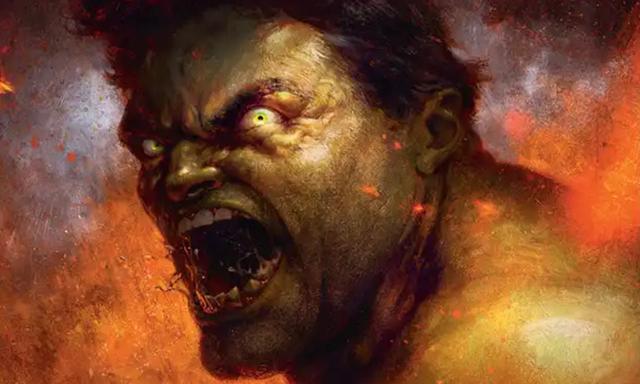If you click on a link and make a purchase we may receive a small commission. Read our editorial policy.
Attack on Titan series finale end credits scene explained: What does it mean?
The door hasn't been fully closed.

Attack on Titan (Shingeki no Kyojin) is finally over, and we've broken down its ending and briefly touched on its end credits scene, but what does it really mean for the future of the IP and why is it so meaningful?
Spoilers ahead for Attack on Titan season 4, part 3, episode 2.
The final moments of the show had a long-haired Mikasa sitting under the well-known tree where Eren's grave lies. She cries again and, suddenly, a bird appears and wraps her scarf around her. Of course, this bird symbolizes Eren and the action he repeated so many times in the past. This brings a smile to her face, and she thanks Eren one more time. As time passes, Mikasa continues visiting the grave, even when she grows old and is accompanied by another man (who could or could not be her husband). Eventually, she passes away and is buried with the same flowers Eren had on his grave. It's an equal parts romantic and tragic ending if you ask us.
As the credits play, hundreds or maybe even thousands of years pass by. Buildings are built behind the tree where Eren's grave is. Later, war happens again and the buildings get bombed. With the passing of time, the tree grows more and more. Missiles completely destroy city in the background, and finally, the depressing scene switches to a post-apocalyptic setting where plant life takes over the environment. At this point, the credits end and we see a young boy and a dog wandering around. The kid has a scarf similar to Mikasa's, implying he could be a descendant, and ends up in front of an incredibly tall tree which most likely is the one now covering Eren's grave. Also, it looks remarkably similar to the one in Ymir's mythological backstory. This definitive ending (for now) implies that history is simply going to repeat itself.
Need more context? Okay, let's do a quick recap of Ymir and the origin of the Titans.

In “From You, 2,000 Years Ago” (season 4, episode 21), we saw Ymir venture into a cavernous hollow at the base of a giant tree, where she fell into a body of subterranean liquid. However, she doesn't drown, and a luminous centipede of sorts swims up and attaches to her spinal cord. Right after, the first known Titan emerges from the pillar of burning light everyone learned to fear. The rest of the episode explained how the Eldian King Fritz exploited Ymir's Titan to dominate over the surrounding nations, particularly Marley. 13 years later, she is killed by an assassin who wanted to kill the king, but Fritz ensures her powers are transferred to her descendants. Her daughters, Maria, Rose, and Sheena, are forced to consume her dissected corpse, and this leads to the rise of the Nine Titans.
This is essentially how it all started, and even though Eren was separated from his parasite in the final episode and decapitated by Mikasa, nobody fully comprehended how the "shining centipede" worked or where it came from, though that hasn't stopped fans from coming up with all sorts of theories. Given all the mystery still surrounding the potential "source of all organic matter," a scenario in which Eren's severed head produces the same substance and parasite over the centuries isn't entirely implausible. If that happens, a whole new story set in the Attack on Titan universe could happen... eventually.
If you tuned out way before the series finale and want to catch up and watch the epic story unfold for yourself (or if you never jumped on the anime), check our watch order guide for the entirety of Attack on Titan.
Follow Popverse for upcoming event coverage and news
Find out how we conduct our review by reading our review policy
Let Popverse be your tour guide through the wilderness of pop culture
Sign in and let us help you find your new favorite thing.
















Comments
Want to join the discussion? Please activate your account first.
Visit Reedpop ID if you need to resend the confirmation email.